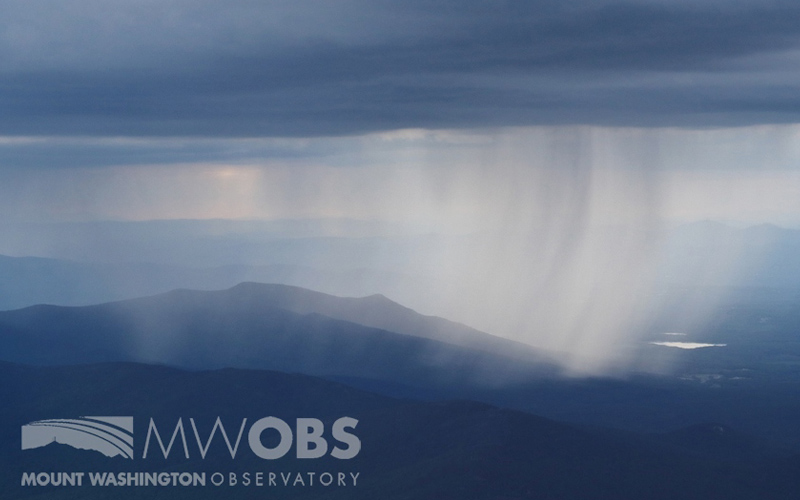Citizen Science Puts Weather Reporting in Your Hands

Ryan Knapp, Weather Observer & Meteorologist
2020 By The Numbers
2020 By The Numbers 2021-01-11 16:44:21.000 - Ryan Knapp, Observer/Staff Meteorologist As we flipped the calendar to read 2021, it was time to look back and summarize the year that was (2020 in this case). If I were to use adjectives to summarize 2020 they would
Joining the “Watchers on the Wall”
Joining the "Watchers on the Wall" 2021-01-10 15:31:48.000 - Jackie Bellefontaine, Intern Hi everyone, my name is Jackie Bellefontaine and I am the new Mount Washington Observatory winter intern! I grew up outside of Boston in Malden, Massachusetts but recently moved to Meredith, New Hampshire. I
Terms Used In Forecasting: Advection
Terms Used In Forecasting: Advection 2021-01-04 12:17:34.000 - Jay Broccolo, Weather Observer and Meteorologist Hi MWObsians! It has been a while since I have written anything in this space so here is something I have been meaning to share. I plan to discuss several topics in
Can I Bug You for a Minute? (Identifying an Insect on Mount Washington)
Can I Bug You for a Minute? (Identifying an Insect on Mount Washington) 2019-09-21 09:37:56.000 - Tom Padham, Weather Observer/Education Specialist While enjoying a beautiful afternoon on the top of the tower I stumbled
Bring on the Wind!
Bring on the Wind! 2019-09-18 10:23:23.000 - Eric Kelsey, Lead Research Scientist The next step in ensuring a long future of research-quality wind speed measurements occurred this summer when the next-generation pitot static tube
Types of Icing Events on Mount Washington
Types of Icing Events on Mount Washington 2019-09-17 14:23:48.000 - Ben Charles, Intern The second week of my fall internship here at the summit of Mount Washington has been an eventful one. It had

